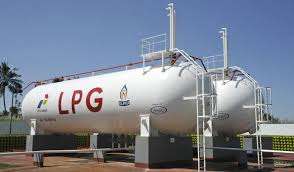The Planning Commission has urged the federal government to switch from liquefied petroleum gas (LPG) to relatively less expensive liquefied natural gas (LNG) in order to achieve energy sustainability.
The Planning Commission’s Energy Planning and Resource Centre (EPRC) has recommended a number of measures, including increasing domestic natural gas prices, implementing cross-border gas pipeline projects as soon as possible, building a third floating LNG terminal, cutting off gas supply to captive power plants in the industrial sector, and using old gas fields to store imported LNG during peak seasons.
The rate regime did not support the LNG basket price for the domestic sector, so the EPRC has also urged the formulation of policy to ideally reflect the LNG-delivered cost in the gas pricing mechanism.
It was stated that the delivery of LNG via pipes in areas without a gas distribution system would be more affordable and available than the pricey and hazardous LPG.
The group also discussed how LNG would be more affordable and available than LPG if it were supplied through pipelines in areas without distribution infrastructure. The policy guidance also noted significant changes in the price of LNG internationally due to a number of factors, noting that spot prices for the fuel rose as high as $30.60 per mmBtu the year before.
Based on current and anticipated peak LNG demand, the Energy Planning and Resource Centre stated that the nation’s available terminal capacity can handle LNG imports until 2025. In order to meet the projected import requirement of 1,900 mmcfd by 2030, a new terminal with a minimum capacity of 600 mmcfd is required.
To reduce their reliance on pricey LNG imports from spot markets thousands of miles away, the report urged local authorities to pursue pipeline imports of natural gas from nearby nations like Iran.






